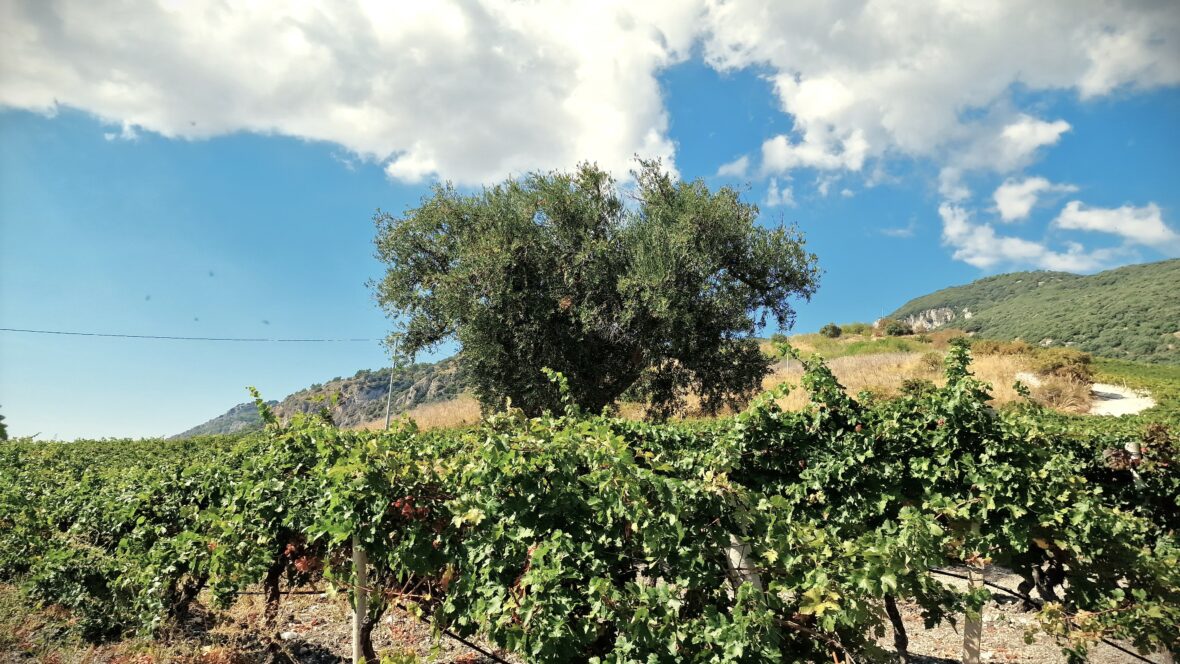More than 8,000 vine-growers, 530 bottlers, 24,600 Ha (60,000 cares), 86mln of bottles produced per year and a serious investment in biodiversity thanks to the project Bi.Vi.Si (Sicilian Wine-growing biodiversity).
These are the main data of an appellation which represents the beautiful island, the biggest of the Mediterranean, as a whole: Sicilia DOC.
A wine region prone to sustainability leveraging on the warm and dry climate conditions which make the Sicilian organic vineyards the largest in Italy with more than 26,000 Ha (64,300 acres).
DOC Sicilia was born in 2011 and is now led by the relative Consorzio which has lately organized a comprehensive tour to focus on a crucial variety: Nero d’Avola, the local and versatile black variety loved all over the world, for over 60% of the total regional production labelled as Sicilia DOC whose production has increased by +441% since 2017.
Nero d’Avola has a deep history but is undoubtedly from Sicily and, more specifically, from the area of Avola /Noto (from which it is names after) although now spread all over the island. Due to different altitude, soil compositions and, as usual, winemaking options, the resulting wines will cover a range of styles so pleasing any preference and matching any season or food pairing.
The tour around some of the main estates in Sicily and especially the blind tastings of wines coming from different zones and produced in different vintages have proven, one more time, the flexibility of the variety. At least 4 biotypes have been identified and they correlate to different macro-zones: Central-Southern Sicily, the one identified in Western Sicily – the most widespread – and the ones from Eastern-Sicily which are very similar to each other. All of them are resistant to drought, a key aspect due to the local conditions along the natural tartaric acidity.
Wines from Central-Southern Sicily tend to be deep in colour with the highest alcohol content and soft tannins allowing for a good potential for ageing; while those from the second biotype ensure a constant production and tend to be lighter and easier; finally, the least ones, identified in Eastern Sicily, tend to have a higher level of polyphenols than the previous one but a lower level of alcohol.
Generally speaking, according to my experience, they are all related by medium to deep colour tinges, notes of wild violet and especially red (and black too) fruits along with a spicy touch regardless the oak maturation as well as a never aggressive tannic approach, hence oak becomes a stylistic choice; furthermore, a potentially perfect balance between the pronounced acidity, concentration and polyphenols. Wines from the land of origin tend to distinguish due to a more herbaceous touch which recalls Cabernet Franc, often described as a note of caper too, and their high acidity.
Enjoy.











